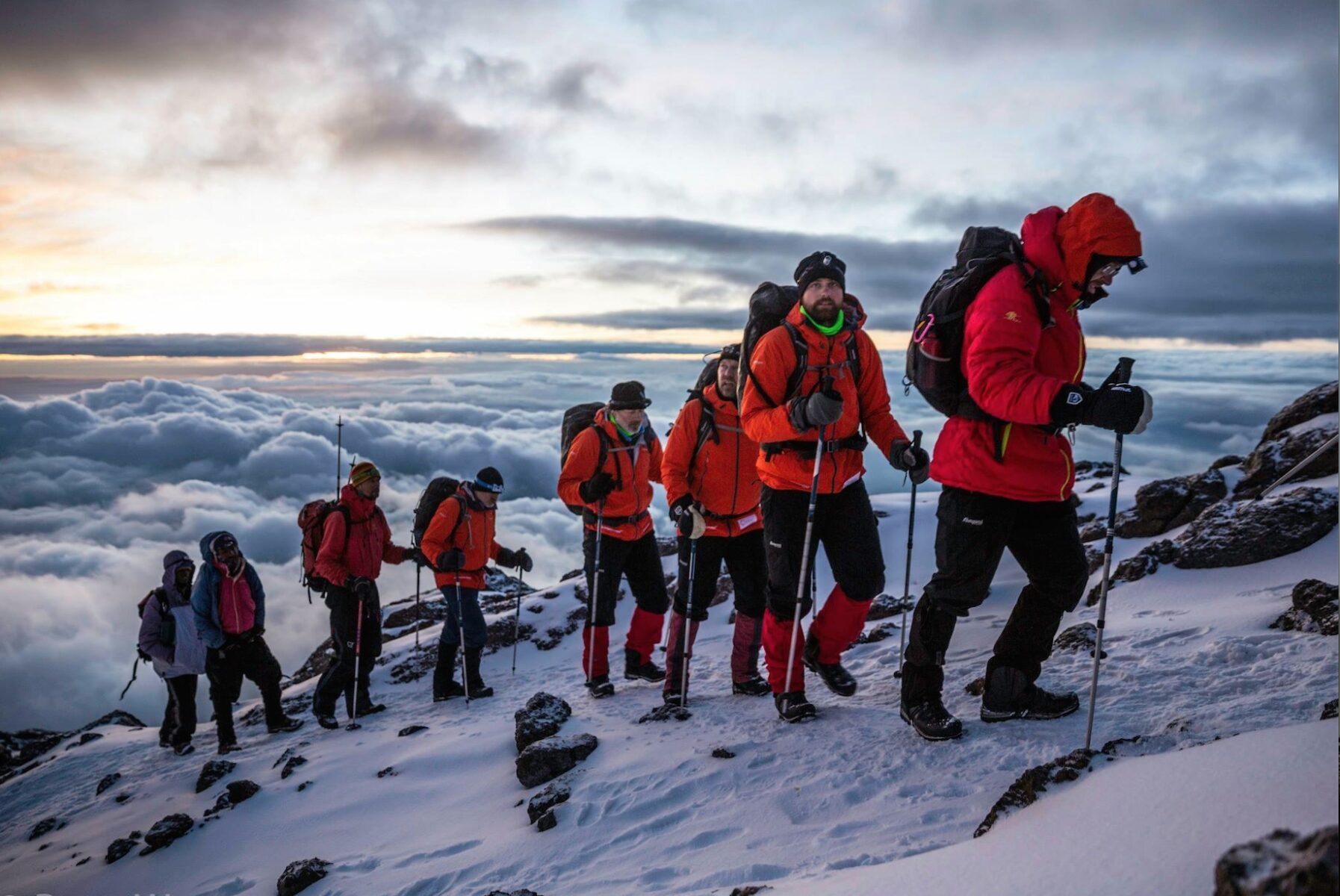Climbing Mount Kilimanjaro is a thrilling adventure that attracts trekkers from around the world. However, the journey to the summit requires more than just enthusiasm—it demands proper preparation, fitness, and training. In this guide, we’ll explore essential tips to help you get ready for your Kilimanjaro Trekking expedition and ensure you have a safe and rewarding experience.
Understanding the Challenge of Kilimanjaro Trekking
Kilimanjaro trekking is not just a walk in the park. The mountain stands at 5,895 meters (19,341 feet), making altitude sickness, fatigue, and changing weather key challenges. Many trekkers underestimate the physical and mental demands of Kilimanjaro trekking, which is why preparation is crucial. Proper fitness, endurance training, and acclimatization strategies are essential for reaching the summit successfully.
Building Cardiovascular Endurance
One of the most important aspects of Kilimanjaro trekking preparation is cardiovascular fitness. Trekking at high altitudes puts tremendous strain on your heart and lungs. Incorporating activities such as running, swimming, cycling, or hiking with a weighted backpack will improve your stamina. Aim for at least 3–4 cardio sessions per week leading up to your trek. These exercises mimic the physical demands of Kilimanjaro trekking, ensuring your body can handle long hours on steep inclines.
Strength Training for Trekking
While endurance is critical, Kilimanjaro trekking also demands strong muscles, particularly in your legs, core, and back. Focus on exercises such as squats, lunges, step-ups, and planks. Using resistance bands or weights can increase strength and stability, making steep ascents and descents more manageable. Remember, Kilimanjaro trekking involves uneven terrain, so having strong and balanced muscles reduces the risk of injury.
Acclimatization and Altitude Training
Altitude is one of the biggest challenges in Kilimanjaro trekking. Rapid ascent can lead to altitude sickness, which may cause headaches, nausea, and dizziness. To prepare, consider incorporating altitude training if possible. Spending time at high elevations before your trek helps your body adapt. If that’s not feasible, practice hiking at progressively higher elevations, or use hypoxic training masks to simulate lower oxygen levels. Proper acclimatization strategies during the trek, such as “climb high, sleep low,” are equally important for a successful summit.
Hiking Practice and Terrain Familiarity
Kilimanjaro trekking involves walking for 5–8 hours daily on varied terrain, including rocky paths, muddy trails, and steep slopes. Regular hikes on hills or mountains with a weighted backpack will condition your body and help you practice pacing. This preparation builds endurance, strengthens your joints, and improves mental resilience. It’s also helpful to train in different weather conditions to simulate Kilimanjaro’s unpredictable climate.
Nutrition and Hydration
Kilimanjaro trekking preparation isn’t just physical; nutrition plays a vital role. Focus on a balanced diet rich in carbohydrates, lean proteins, healthy fats, and essential vitamins. Proper fueling improves stamina and recovery during training. Hydration is equally important—drink plenty of water to maintain energy levels and support altitude adaptation. During your trek, pack high-energy snacks to maintain blood sugar and prevent fatigue.
Mental Preparation
Mental strength is often overlooked in Kilimanjaro trekking preparation. Long days of hiking, unpredictable weather, and altitude challenges require focus, patience, and determination. Visualization techniques, goal setting, and mindfulness exercises can enhance your mental resilience. Being mentally prepared helps you push through tough moments and keeps you motivated throughout your Kilimanjaro trekking adventure.
Gear and Equipment Familiarity
Having the right gear is essential for Kilimanjaro trekking. Proper hiking boots, moisture-wicking clothing, a reliable backpack, and sleeping gear are all crucial. Familiarize yourself with your equipment during training hikes to prevent discomfort or injury. Breaking in boots, adjusting straps, and testing layers of clothing ensures you are comfortable and prepared for any condition you encounter on Kilimanjaro.
Rest and Recovery
Rest days are a vital component of Kilimanjaro trekking preparation. Overtraining can lead to injuries and fatigue, which may compromise your summit attempt. Incorporate rest days into your training plan, allowing your muscles to recover and adapt. Sleep, stretching, and gentle yoga can also improve flexibility, reduce soreness, and support overall fitness.
Conclusion
Kilimanjaro trekking preparation requires a comprehensive approach that combines cardiovascular endurance, strength training, altitude acclimatization, hiking practice, nutrition, mental resilience, and proper gear familiarization. Consistent training and strategic planning significantly improve your chances of reaching the summit safely while enjoying the experience. By dedicating time to these essential elements, you’ll not only enhance your physical performance but also build the confidence and stamina needed to conquer Kilimanjaro trekking and create memories that last a lifetime.
